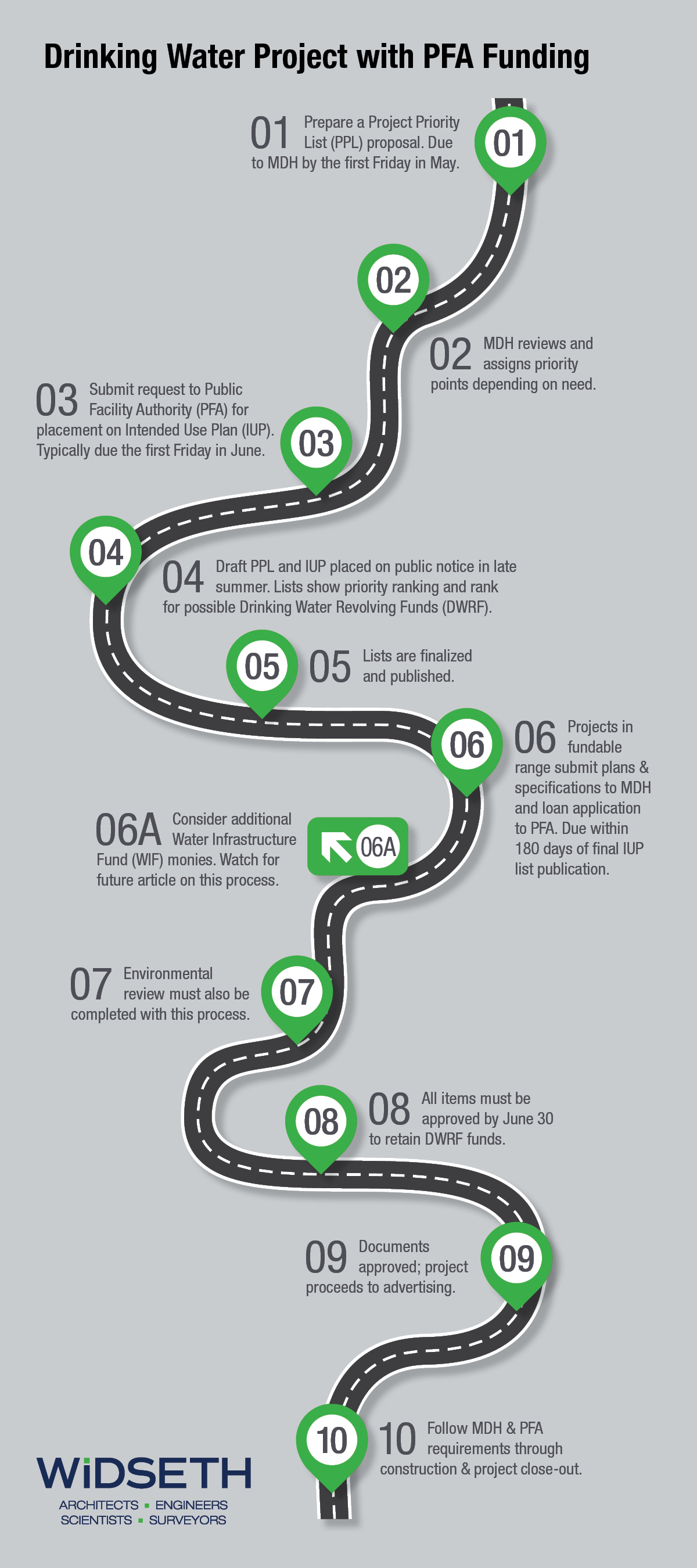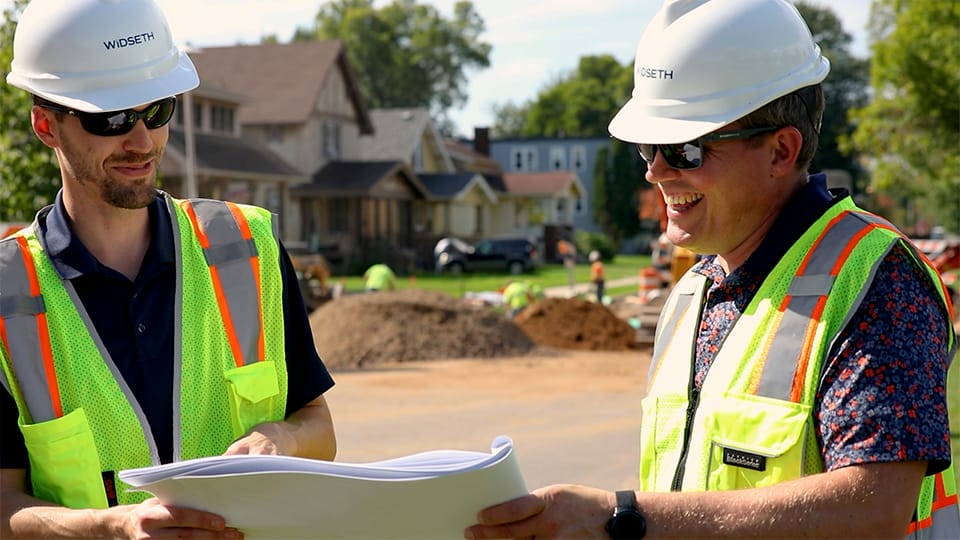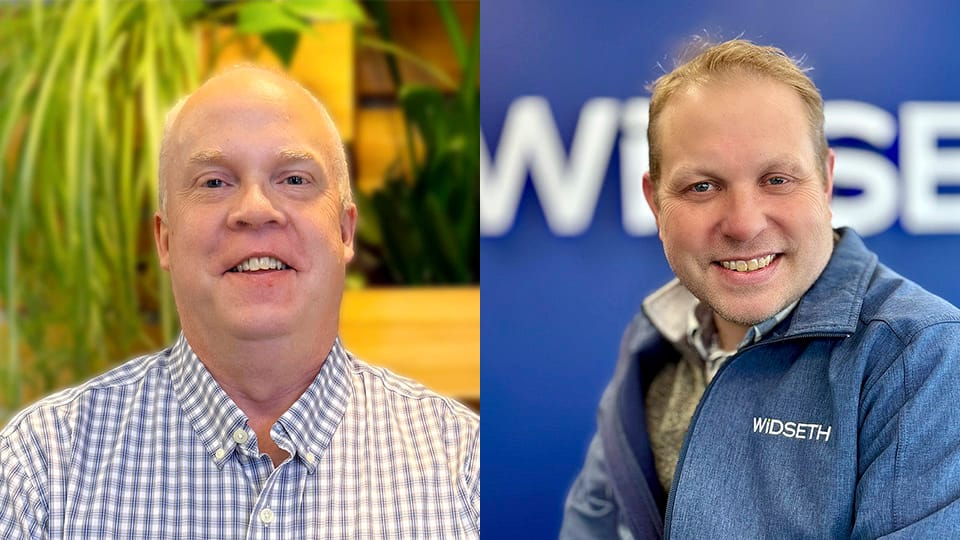Funding’it can mean the difference between being able to complete a project or not. There are multiple sources for securing additional funds for your project, each with their own route to a successful application. Don’t let a difficult funding journey slow down’or stop’your project. Widseth’s team of engineers and funding specialists can help you navigate the various requirements and milestones to reach your destination’a funded project.
Each funding source has unique deadlines, obligations, and constraints. This is the first in a series of articles in which we’ll map out the typical steps for some of the more common sources for funding public infrastructure projects in Minnesota. First up, getting funds for a drinking water project via the Minnesota Public Facilities Authority (PFA). Check out the map below and read through the step-by-step route that follows. Download the map to help guide you through your next project.
Navigating the funding process can be challenging. Working with an engineer who is familiar with the different funding sources and processes can help you reach your destination: a completed project that benefits your community.
01. Prepare a Project Priority List (PPL) proposal, which must be submitted to the Minnesota Department of Health (MDH) by the first Friday in May. The proposal must address the following:
- Project owner
- Project name
- Contact information: system representative, proposal writer (typically your engineer)
- Community statistics
- Existing system description
- Need for improvement
- Alternatives and selected alternative
- Cost summary
- Project schedule
- Maps
02. MDH reviews the project and assigns priority points depending on the project need. Points are assigned on public health, inadequate water supply, public drinking water infrastructure improvements, and financial need.
03. If the water system is ready to proceed, a request is submitted to the PFA for placement on the Intended Use Plan (IUP). This request is typically due by the first Friday in June.
04. A draft PPL and IUP is put on public notice in late summer. The lists show the priority ranking of the project and rank for possible funding with Drinking Water Revolving Funds (DWRF).
05. After public notice of the lists is complete, the lists are finalized and published.
06. Projects that are in the fundable range on the IUP must submit plans and specifications to MDH and loan applications to PFA within 180 days of the publication of the final IUP list.
06A. You may want to take a side trip and consider if your project qualifies for Water Infrastructure Fund (WIF) monies. Watch for a future article that highlights this and other funds that your project may qualify for.
07. An environmental review process must also be completed with this process.
08. All items must be approved by June 30 to retain DWRF funds for the project.
09. After approval of the documents, the project may proceed to advertising.
10. The MDH and PFA will have requirements to follow throughout construction and project closeout.
Like any route, there may be unanticipated detours or speed bumps along the way. And like any road trip, it helps to have an expert navigator at your side. Widseth’s engineers and funding specialists have gone down these roads many times over the years. They’re available to help you get your project to its destination, including knowing which side-trips to explore additional funding are worth investigating.
Watch for future articles where we’ll look at other funding programs, including PFA funding for a wastewater project, Rural Development (RD) funding for water and wastewater projects, and other supplemental funding sources. Meanwhile, feel free to click the map to download the complete information and give me a call to get started on your next project.





